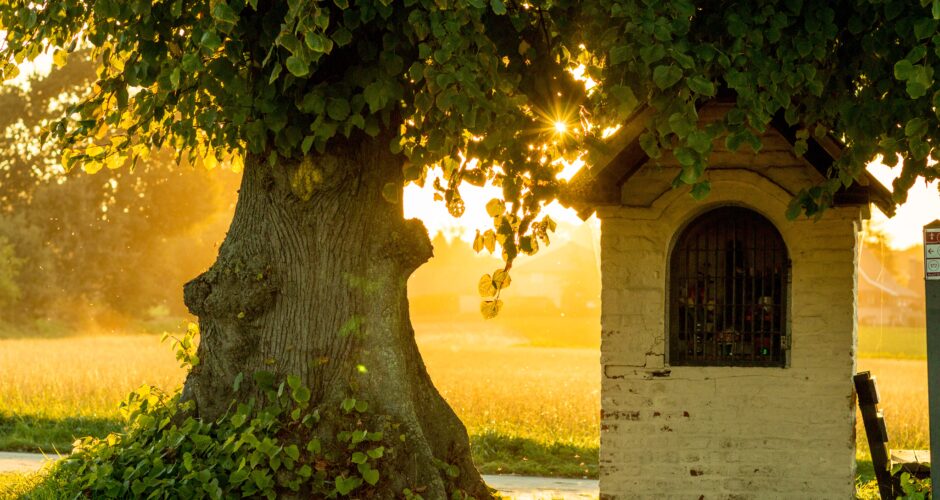
Are You Stuck in a Building Rut?
January 13, 2016 |David Graf
Most of us get stuck in “ruts.” For me and my wife, it’s restaurants. We’ll often go out to eat with the intention of trying a new place, but once we get in the car, we usually talk ourselves into returning to our favorite. No matter how convinced we are that another restaurant deserves a visit, there’s something comfortable about our familiar haunt. We know when to go to avoid crowds, and we know what the atmosphere will be like. We know the menu by heart (not that we need to since we always order the same thing). We know what the service will be like, how long everything will take, what our meal will cost, and the satisfaction that we’ll feel when we’re finished. Maybe there’s nothing wrong with being stuck in a restaurant rut, but not all ruts are good.
In my travels, I see churches stuck in ruts all the time. They do many things in ineffective, inefficient ways just because they’ve always done them that way.
In my travels, I see churches stuck in ruts all the time. They do many things in ineffective, inefficient ways just because they’ve always done them that way. That’s not news to anyone reading this. But here’s a rut that maybe you haven’t thought of: is your church stuck in a “building rut”? In other words, are you occupying a building that might not be the best option for your ministry?
As unspiritual as it may sound, your building could be the number one attractor for new people attending your church or it could be the number one detractor. We’d like to think that our great teaching, vibrant worship, and quality programs will win the day with visitors. But the truth is that your building might have as much or even more to do with the decision to attend your church than these other good things, especially for unbelievers.
What’s sad is that many church leaders understand that this is a problem, but they’re lulled into doing nothing about it because their building is paid for. Being debt-free is a point of honor for most church people. It’s rare to meet with leaders of a church that is paid for without hearing that fact from at least one of them. They beam with pride as they say it. Sure, the foyer is too small for more than a handful of people to fellowship in, and the nursery is so musty and dingy that no visiting mother would leave her child there, but the building is paid for. Yes, the building has uncomfortable old pews and creaky wood floors, but they had a wonderful mortgage-burning ceremony years ago. It’s true that the building looks a bit depressing on the outside, or that it’s buried deep in a neighborhood where no one ever sees it, but at least they have no financial burdens. These churches are in building ruts. They have been ministering in the same building for decades, and they’re comfortable with all its deficiencies. Shouldn’t they be content with how God has blessed them? Isn’t lack of space the only reason a church should ever consider a building change?
The question is whether your building will help or hinder this effort. If the answer is hinder, perhaps it’s time to consider a new building option.
Yes, it’s true that buildings aren’t the be-all, end-all of ministry. I applaud the increasing fervor of our churches for living missionally – for taking the Gospel out to the people of the community rather than expecting them to come to us. But at some point, you will want those people that are reached to make it inside your church doors. The question is whether your building will help or hinder this effort. If the answer is hinder, perhaps it’s time to consider a new building option.
The building that was right for your church’s mission 50 years ago, or even 20 years ago, is not necessarily the one that is right for you today. The building that your founding fathers built with their own hands and that has long been paid for only has sentimental value to a handful of you—that legacy means nothing to visitors. Even the up-to-date building that is not visible or easily accessible may be a rut that you need to get out of.
So, whether it means simply renovating your current building or considering a new one (even if space isn’t an issue), it may be time for a “gut-check.” Are you willing to go against church norms and consider a strategic change in facilities or are you in a building rut?
Click here to learn about Orchard Alliance’s loan programs.

David Graf
Vice President for Lending
